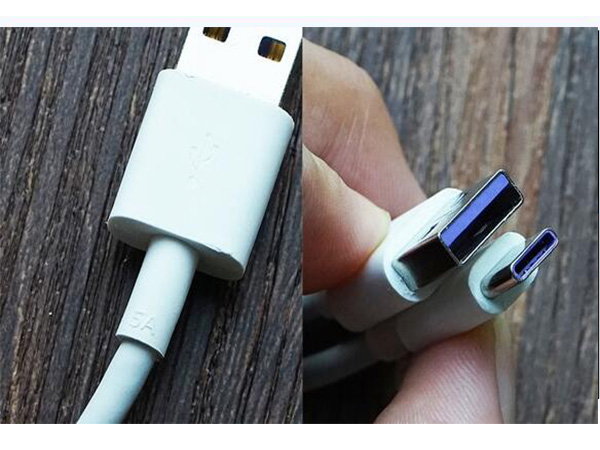What is PD2.0 and pd3.0
Existing mobile phone fast charge protocol outlined
Today, support fast charging of mobile phones more and more, but which is divided into two solutions: 1 high-voltage low-current fast charge and 2 low voltage high current fast charge. The first solution is Qualcomm QuickCharge, MediaTek PEP, Huawei FCP, etc., while the second has OPPO‘s VOOC and Huawei‘s SuperCharge. The USB-PD protocol includes two parts, high voltage and low voltage.
As we know, P = UI, increasing the charging power is nothing more than increasing the current or voltage, or both. However, neither voltage nor current can be increased freely without restriction, because both will bring about significant heat generation in the mobile phone.
The first high-voltage low-current fast charge is to increase the charging voltage (7-20V) during the charging process to improve the charging power. The charging process of the fast-charge mobile phone is generally first to reduce the 220V voltage to 5V through the charging head, and the internal circuit of the mobile phone. Then reduce the 5V voltage to 4.2V and then deliver the power to the battery. The whole step-down process will generate heat energy, while the high-voltage low-current fast charge will increase the output voltage of the 5V charging head to 7-20V, and then reduce the voltage to 4.2V inside the mobile phone. The whole charging process will produce more body. Heat, chargers, and mobile phones all have obvious heat, which is not conducive to the improvement of charging efficiency.
The second type of low-voltage high-current fast charge is to increase the current when the voltage is constant (4.5V-5V). Generally, the shunt is used to divide the current. Under constant voltage, the voltage shared by each circuit after parallel shunting is performed. The smaller, the same the same processing in the phone, the less pressure each circuit will bear. For example, VOOC flash charging enhances the carrying capacity of large currents by increasing the number of lines of the charging cable / the number of USB port contacts. The principle of Huawei SuperCharge fast charging is similar. Avoid high heat generated by the "high pressure to low pressure" conversion inside the fuselage.
Advantages of the PD Fast Charge Protocol
For the advantages of the PD protocol, the author borrows a description from Baidu: PD is PowerDelivery, focusing on two or more devices, or even a power transmission process based on a USB interface, the power transmission can be bidirectional, or even It is networked and can have a system-level power supply strategy. QC is QuickCharge only pays attention to the fast charging problem. The power transmission is unidirectional, does not have the power networking capability, and does not support other functions besides power supply.
USB PD3.0: Covers both high voltage, low current, low voltage and high current
USBPD3.0 regulates the voltage output range: 3.0V~21V, and the step-and-step voltage is 20mV.This includes the low voltage / high voltage two parts, and the current PD protocol current data seems to be (1.5A, 2A, 3A and 5A), this USBPD3.0 will be able to achieve high voltage / low current, low voltage / High current two fast charging schemes, plus voltage amplitude stepping is 20mV, the overall idea combines high voltage and low current like Qualcomm QC fast charging (also guarantees charging efficiency by step amplitude modulation voltage) and low voltage and high current of VOOC flash charging Kind of program.

In short, USBPD3.0 absorbs the essence of the current fast charge and re-integrates into a “big and complete” fast charge solution to achieve fast charging of mobile phones. All mobile phones that support fast charge can pass a support PPS. The technology‘s charger enables fast charging. Go back to that era when all the phones are not afraid. At present,USBPPS has reached a consensus with the Tel Lab of the Ministry of Industry and InformationTechnology of China. At the same time, Google emphasizes in the latest Android7.0OEM specification: fast-charge technology must support USBPD for mobile phones using USB interface.














